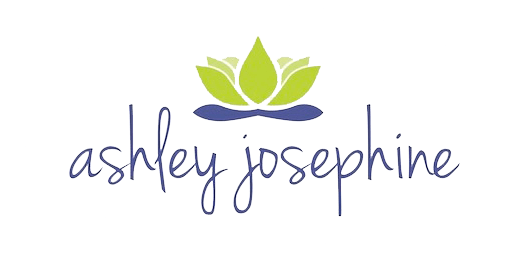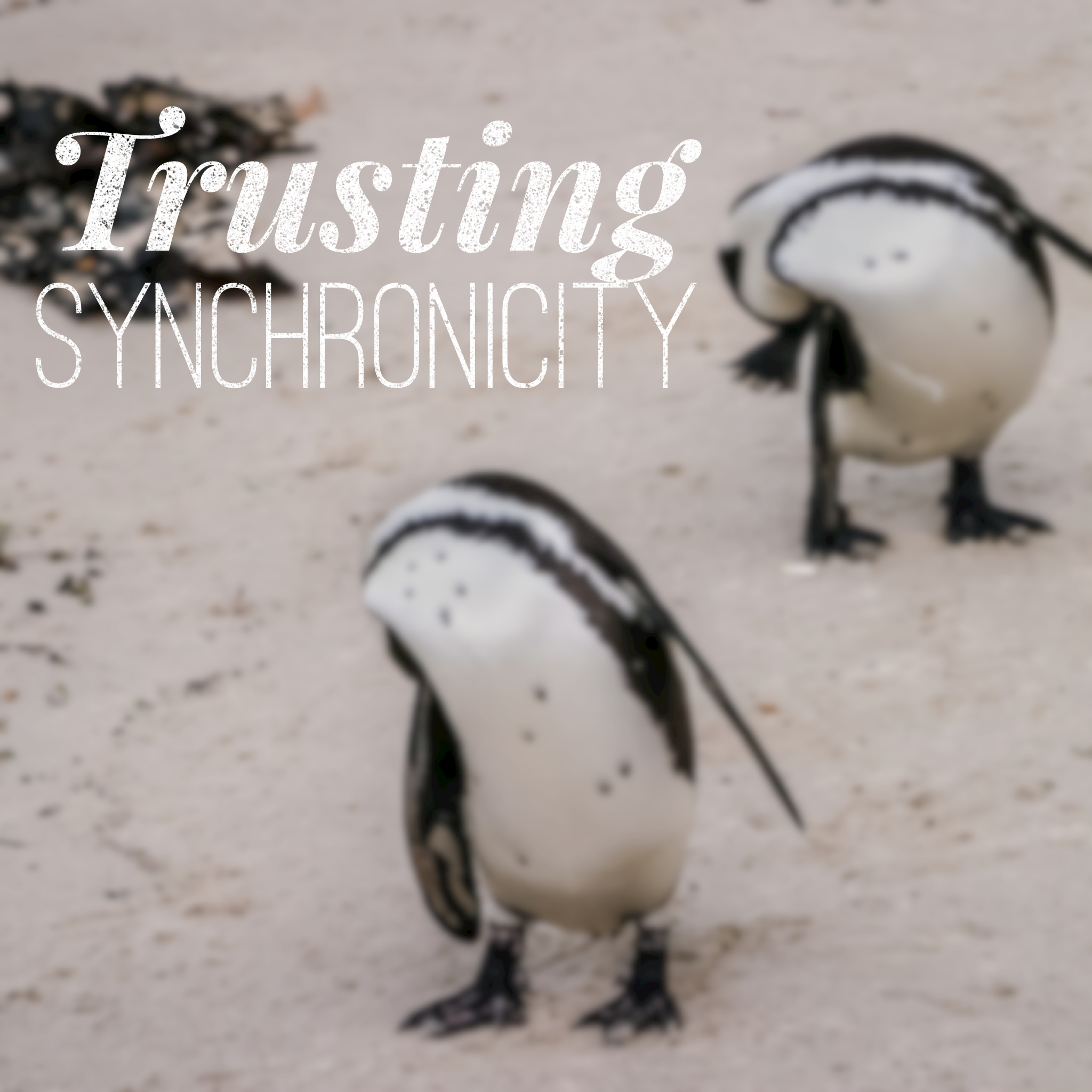I started 2013 with a resolution to do nothing. The beginning of the year messaging from the wellness industry is rampant with “do this, do that” to help you lose weight and start the year off on the right foot. I was already sick of those “solutions” last July. So I decided to experiment with how doing nothing makes me feel.
I found doing nothing to be an interesting concept. Does scheduling nothing make it something, for example? What do you do when you do nothing? If you start to do something during your nothing time, have you stopped doing nothing?
For the past seven days, I have spent 10 minutes a day doing nothing, with the exception of Friday and Sunday, because I forgot or just never had the self-discipline to sit down and do it. I measured how doing nothing for 10 minutes affected my productivity, creativity, energy and overall wellbeing and journaled on the results after each session.
I found that doing nothing really helped to shape the rest of my day. It provided a natural break that allowed me time to switch pace, regroup and brainstorm. My mind was rarely silent – unlike meditation, I was not intending to quiet the mind or sit with a tall spine and watch my thoughts. I really was trying my hardest to do absolutely nothing.
Sometimes I looked forward to my do nothing sessions, and other times I dreaded every ounce of willpower that it took to turn my 10 minute timer on. I found it funny that I didn’t even want to do nothing, but at the same time not surprising. One of the reasons I chose to start off 2013 with nothing was because it’s one of the hardest things for me to do. I’m always looking for some way to keep myself busy; if I’m not feeling productive, I typically feel lost and sad. This could be a quintessentially generational tug – Millenials like finding meaning in their work.
From a productivity standpoint, doing nothing really helped jumpstart action. That’s why I found it most useful to do nothing when I was venturing into a gray abyss and wandering off track, far away from the specific tasks on my to-do list. Mentally, I always found that I could regroup and work more efficiently after I took the time to do nothing. As backwards as it may seem, doing nothing actually helped save me time in my work day.
Creatively, I didn’t see a huge change, but every once in a while the brainstorming that naturally occurred during my nothing sessions produced some nice notes afterwards. I found that doing nothing was great for brainstorming because it took the pressure off of seeing results. Whatever came out of nothing was a bonus because I wasn’t expecting anything. By relaxing body and mind and releasing expectations, I had more room to think outside the box, inside the box or around whatever box I chose. I found that I had more capacity to be creative, but sometimes my energy levels prevented me from having the motivation to take action.
Besides the fact that I started off the New Year on a not so healthy travel schedule with high stress and little sleep, I felt that I managed my energy to the best of my ability. I found doing nothing was often restorative, and on the first day when I left the session until right before bed it was particularly easy to fall asleep. By the end of my 10 minutes, I would sometimes start to doze off, but I was okay with that too. I never actually fell asleep while doing nothing and I almost always had more energy when I was ready to get back to work.
Overall, doing nothing had a positive effect on my general wellbeing, with the exception of two days during the week when I was in a bad mood. I connected with feelings of gratitude and felt blessed when I took the time to do nothing – most likely because I reflected on the things I had in my life during that time. The motivation to do more work and be more efficient made me feel good on both a physical and emotional level and I actually felt an acute sense of relief at times because I was giving myself permission to shut down and not do anything. It became evident that the amount of pressure I place on myself every day is not healthy and I need these sessions every now and then to step back and take myself out of the heat.
My final verdict on doing nothing as a viable wellness strategy? It’s helpful to keep in your toolbox as a strategy to take out when you need it, but not necessary to have in my schedule on a daily basis. The important thing will be to recognize when it’s time to take a break and give myself the permission to sit and do nothing for a bit.
Now it’s your turn! Do you often feel overwhelmed, frustrated, under intense pressure and constantly overworked? Commit to doing nothing for 10 minutes a day for the next seven days and see what happens. Set a timer and just sit. Eliminate distractions such as cell phones, computers, televisions – even people. Sit with you and yours and notice the beauty of the room you’re in, recount what you’re grateful for and follow your thoughts naturally without judgement or a need to control. Avoid going into your session with a purpose or any expectations. Note how you feel before and after your session and at the end of the seven days, determine if doing nothing works as a wellness strategy for you.
This week, I’m practicing yoga every day in honor of the first full week of the New Year. Yes, even I succumbed to the get fit messaging.
Share your do nothing insights in the comments below or on my Facebook page!





